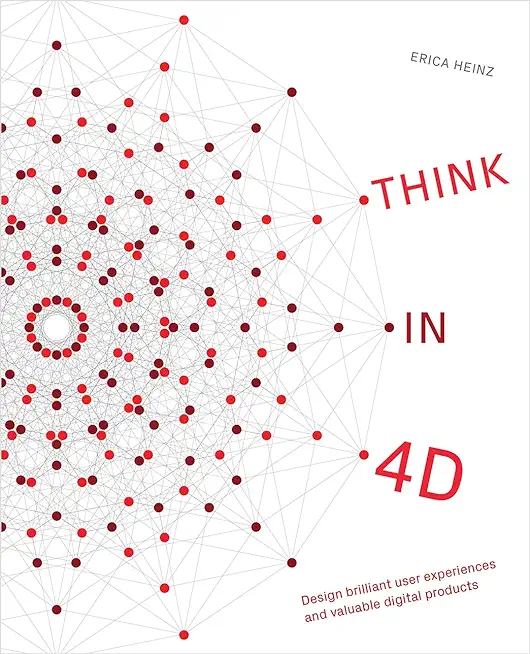Designing and Implementing a Microsoft Azure AI Solution (AI-102T00) Training in Mc Allen
|
We offer private customized training for groups of 3 or more attendees.
|
||
Course Description |
||
| AI-102 Designing and Implementing an Azure AI Solution is intended for software developers wanting to build AI infused applications that leverage Azure AI Services, Azure AI Search, and Azure OpenAI. The course will use C# or Python as the programming language.
Course Length: 4 Days
Course Tuition: $2400 (US) |
||
Prerequisites |
|
| Before attending this course, students must have: Knowledge of Microsoft Azure and ability to navigate the Azure portal Knowledge of either C# or Python Familiarity with JSON and REST programming semantics | |
Course Outline |
|
Module 1 : Prepare to develop AI solutions on Azure
Module 2 : Create and consume Azure AI services
Module 3 : Secure Azure AI services
Module 4 : Monitor Azure AI services
Module 5 : Deploy Azure AI services in containers
Module 6 : Analyze images
Module 7 : Classify images
Module 8 : Detect, analyze, and recognize faces
Module 9 : Read Text in images and documents with the Azure AI Vision Service
Module 10 : Analyze video
Module 11 : Analyze text with Azure AI Language
Module 12 : Build a question answering solution
Module 13 : Build a conversational language understanding model
Module 14 : Create a custom text classification solution
Module 15 : Custom named entity recognition
Module 16 : Translate text with Azure AI Translator service
Module 17 : Create speech-enabled apps with Azure AI services
Module 18 : Translate speech with the Azure AI Speech service
Module 19 : Create an Azure AI Search solution
Module 20 : Create a custom skill for Azure AI Search
Module 21 : Create a knowledge store with Azure AI Search
Module 22 : Plan an Azure AI Document Intelligence solution
Module 23 : Use prebuilt Form Recognizer models
Module 24 : Extract data from forms with Azure Document Intelligence
Module 25 : Get started with Azure OpenAI Service
Module 26 : Build natural language solutions with Azure OpenAI Service
Module 27 : Apply prompt engineering with Azure OpenAI Service
Module 28 : Generate code with Azure OpenAI Service
Module 29 : Generate images with Azure OpenAI Service
Module 30 : Implement Retrieval Augmented Generation (RAG) with Azure OpenAI Service
Module 31 : Fundamentals of Responsible Generative AI
|
Course Directory [training on all levels]
- .NET Classes
- Agile/Scrum Classes
- AI Classes
- Ajax Classes
- Android and iPhone Programming Classes
- Blaze Advisor Classes
- C Programming Classes
- C# Programming Classes
- C++ Programming Classes
- Cisco Classes
- Cloud Classes
- CompTIA Classes
- Crystal Reports Classes
- Design Patterns Classes
- DevOps Classes
- Foundations of Web Design & Web Authoring Classes
- Git, Jira, Wicket, Gradle, Tableau Classes
- IBM Classes
- Java Programming Classes
- JBoss Administration Classes
- JUnit, TDD, CPTC, Web Penetration Classes
- Linux Unix Classes
- Machine Learning Classes
- Microsoft Classes
- Microsoft Development Classes
- Microsoft SQL Server Classes
- Microsoft Team Foundation Server Classes
- Microsoft Windows Server Classes
- Oracle, MySQL, Cassandra, Hadoop Database Classes
- Perl Programming Classes
- Python Programming Classes
- Ruby Programming Classes
- Security Classes
- SharePoint Classes
- SOA Classes
- Tcl, Awk, Bash, Shell Classes
- UML Classes
- VMWare Classes
- Web Development Classes
- Web Services Classes
- Weblogic Administration Classes
- XML Classes
- ASP.NET Core MVC (VS2022)
10 March, 2025 - 11 March, 2025 - Enterprise Linux System Administration
14 April, 2025 - 18 April, 2025 - OpenShift Fundamentals
28 April, 2025 - 30 April, 2025 - Fast Track to Java 17 and OO Development
24 February, 2025 - 28 February, 2025 - Linux Fundaments GL120
2 June, 2025 - 6 June, 2025 - See our complete public course listing






